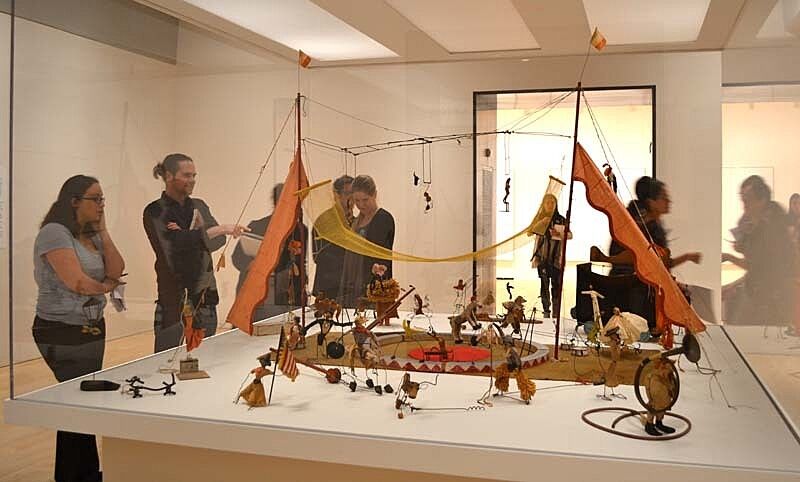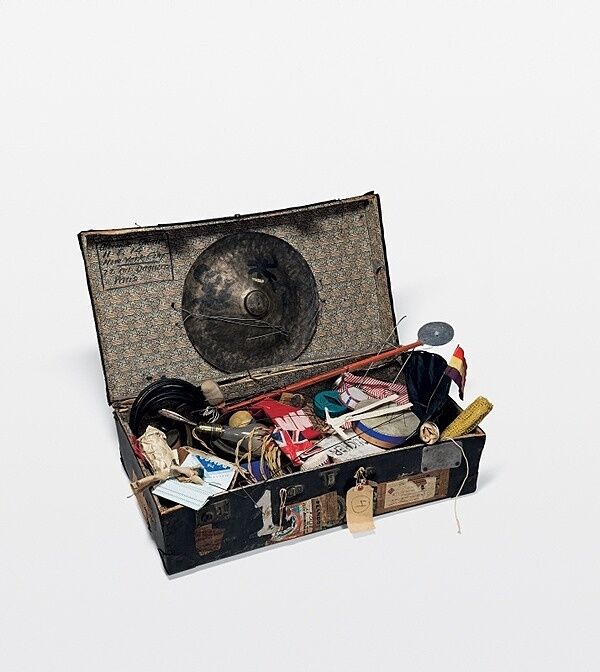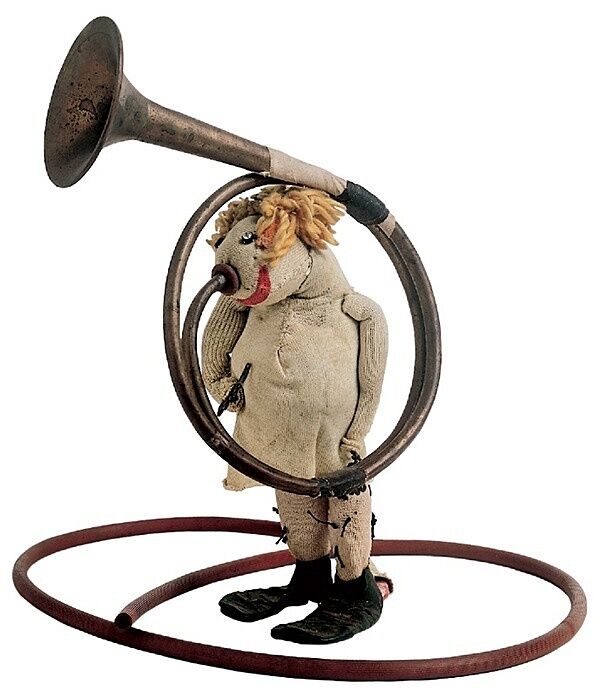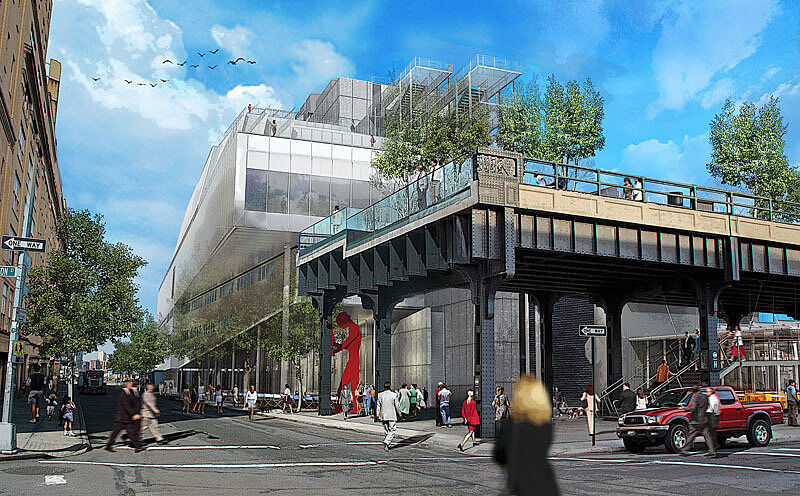Teacher Exchange: Singular Visions and New Horizons
Jan 30, 2012
We began a fascinating Teacher Exchange meeting in January 2012 with a guided tour of the exhibition, Singular Visions. The twelve works on view, drawn from the Whitney’s collection, are each installed in their own space, creating intimate and compelling encounters with single works of art.
As we perused the works in Singular Visions, many in the group expressed great admiration for calder’s Circus (1926–31). This miniature circus created by Alexander calder (1898–1976) consists of more than seventy small figures and animals and nearly 100 accessories such as nets, flags, carpets, and lamps. The imaginative assembly, which occupied almost an entire gallery, used to fit in two suitcases that the artist often carried to stage circus performances for his friends and family. Over the years, the circus grew to fill five suitcases! The work immediately sparked off a myriad of ideas for interdisciplinary collaborations and classroom activities. As a drama teacher, I embraced the connection between calder’s Circus and the archetypal characters in commedia dell’arte theatre. Other teachers suggested clever ways of using the work as a foundation for exploration in physics and math.
The second half of the meeting was devoted to the Whitney’s approaching move from its current location on the Upper East Side of Manhattan to the Meatpacking District. This illuminating presentation about the Whitney of the Future was made by the Museum’s Helena Rubinstein Chair of Education, Associate Director Kathryn Potts. Through a series of images and detailed explanations, Ms Potts gave us an insider’s look at the models for the Museum’s massive 50,000 square feet of gallery space and 13,000 square feet of outdoor exhibition space. The new building will be adjacent to the southern end of the popular High Line, an elevated park running through the Westside neighborhood in lower Manhattan. Designed by architect Renzo Piano, the building will attempt to “merge street and museum,” and will provide dramatic views of the Hudson while simultaneously accommodating an expected influx of tourists, school groups, and art aficionados.
It seems to me that the new Museum will become the crown jewel of the area's burgeoning arts community. After almost fifty years as an uptown museum, the Whitney will return to its downtown roots and the change will be exhilarating!
By Kiara Downey, a participant in the Whitney’s Teacher Exchange program.
Downey teaches English Literature and Drama at The United Nations International School.




